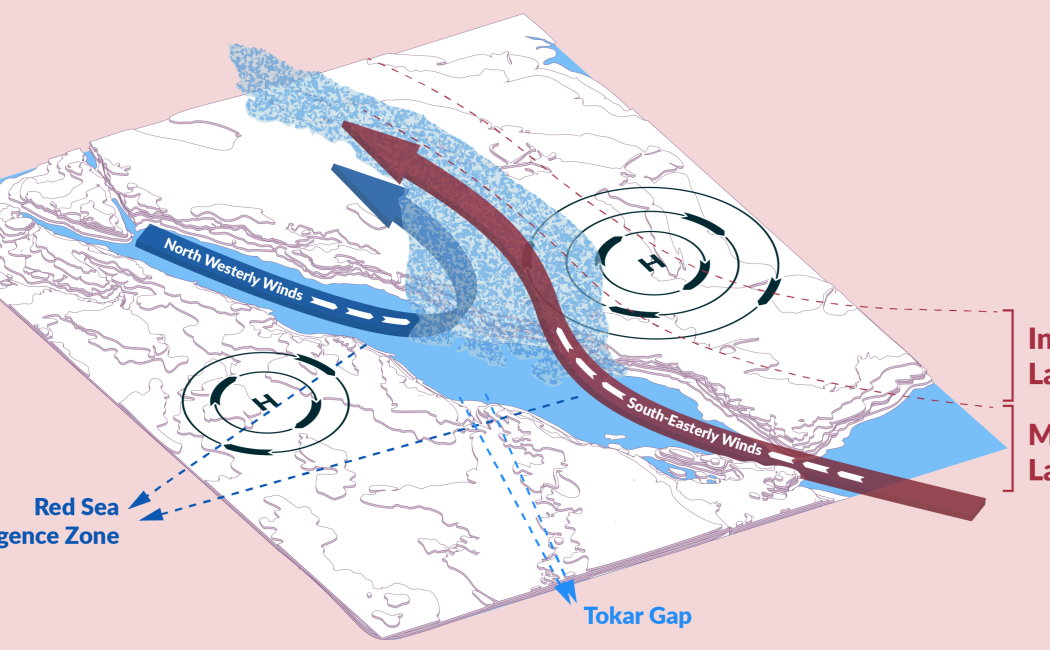


30 July, 2017
For the first time, researchers at KAUST have shown that the El Niño Southern Oscillation (ENSO) plays a significant role in increasing rainfall and storms along the Red Sea and surrounding regions.
During the winter months, the northern Red Sea experiences a convergence of winds: northwesterly winds from the Mediterranean and southeasterly winds from the Gulf of Aden. This creates the Red Sea Convergence Zone (RSCZ), which brings cloudy skies and drizzle, contrasting with the typical clear weather of the region.
KAUST’s Ibrahim Hoteit and his team explored how the intensity and position of the RSCZ influence rainfall and how this is affected by the ENSO. Using extensive datasets, they modeled rainfall patterns from 1979 to 2016, focusing on wind speeds, moisture fluxes, and various meteorological variables.
Their findings revealed that during the warming phase of El Niño, the RSCZ shifts northward, bringing increased moisture from the Arabian Sea and intensifying rainfall in the region. This leads to more rainy days and stronger storms as cooler air from the North meets warmer air from the South over the RSCZ.
"We are developing advanced models to improve short- and long-term rainfall predictions and to better understand how global circulation patterns during ENSO years influence the Red Sea’s climate," Hoteit explained.
🔗 Read more on KAUST Discovery
Dasari, H. P., Langodan, S., Viswanadhapalli, Y., Vadlamudi, B. R., Papadopoulos, V. P. & Hoteit, I. ENSO influence on the interannual variability of the Red Sea convergence zone and associated rainfall. International Journal of Climatology 38 (2018).| article